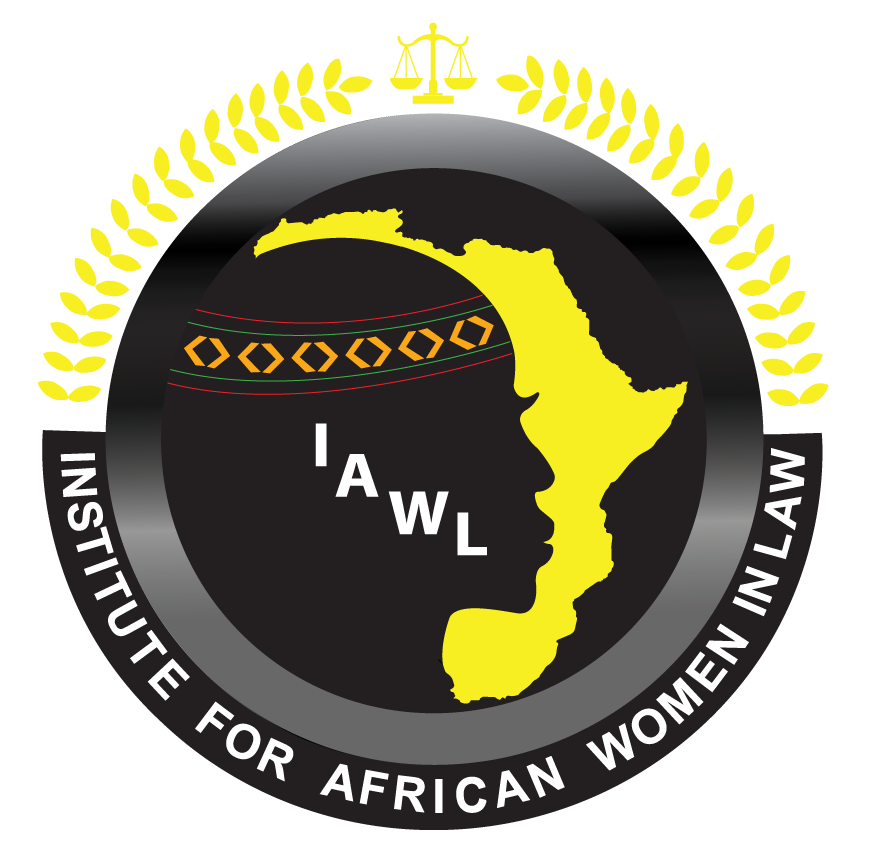Intersection of Gender-Based Violence and Cyber bullying in South Africa: Problem but no Solution?
- IAWL

- Oct 27, 2020
- 3 min read
Updated: Oct 30, 2020
Attorney Mollica Maharaj
Rahman and Rahman Inc., South Africa

During the Covid-19 induced lockdowns, President Cyril Ramaphosa addressed what he called the second pandemic facing South Africans – that of Gender Based Violence (GBV). Many women in South Africa were not shown the basic respect and tolerance to which all people have a right, but instead, were attacked by those closest to them.
To remind civil society of the GBV epidemic in South Africa, prosecutors of the Welkom Magistrate’s Court held a silent march in August (dubbed “Women’s month”) to affirm their opposition to GBV and Femicide and to assure victims that they are ready to assist.
This year in South Africa we also saw how GBV can extend into the online space through cyber bullying. In this particular episode, a locally-known media personality and actor suggested in an online podcast that a victim of rape was inaccurate when recounting her version of the events leading to her rape, and that the perpetrator should be given a fair trial. While all people in South Africa do indeed have a right to a fair trial, this kind of narrative deflects from the seriousness of the rape as a crime and actually makes it more difficult for victims of rape to speak up, for fear of being victimised.
GBV can be physical, sexual, emotional, financial or structural, and can be perpetrated by intimate partners, acquaintances, or strangers. In the online space, GBV includes body-shaming, threats of physical violence, and verbal abuse. The use of online channels like websites, social media, and instant chat platforms like WhatsApp make it easy for bullies to spread negative messages about women, girls, and LGBTQ+ persons. The situation becomes more upsetting when the bullying is done by social media influencers with large followings and the power to shape narratives around gender norms in society.
Currently, online GBV disproportionately affects women, girls, and LGBQT+ persons in the form of body-shaming, verbal abuse, threats of physical and sexual violence, and a general enforcing of negative gender stereotypes. The impact of psychological violence can be just as significant as that of physical forms of violence, as the perpetrator subjects the victim to behaviour which may result in some form of psychological trauma, such as anxiety, depression or post-traumatic stress disorder.
What are some practical solutions?
Establishing norms around social media use
The lines between free speech and bullying have blurred, and some perpetrators might argue that they were simply exercising their right to freedom of speech. Currently, there is no Constitutional guidance on the appropriate use of social media platforms. As a society, we need to establish guidelines on what constitutes appropriate behaviour online. Until those norms are established, local celebrities and social media influencers can show their support by condemning inappropriate behaviours online.
Protect yourself from online harassment
Because social media law is in its infancy, victims of online harassment might assume that there is nothing that they can do to protect themselves online. However, by using the right channels, victims can receive protection and in some cases justice for the suffering. For example, victims can approach the SA Human Right Commission (SAHRC) and the Commission for Gender Equality for guidance. In addition, victims can report the incident at the local police station. If they are able to, victims can also report the abuse to the social media platform in question. In all examples, the victim needs verifiable proof of the bullying in the form of voice recordings, screenshots, or a record of the chat where the bullying took place. In extreme cases, the victim can receive a protection order.
Protecting children
Child victims of online bullying can apply for a protection order, with or without the consent from a parent or guardian. Child bullies under the age of 10 cannot be arrested, while those older than 10 years can be detained during an investigation.
Tackling cyber bullying through collaboration
Social media is the preferred choice of people, young and old, to keep in touch with their family, friends, network with peers, and even conduct business. As a public platform, it has the potential to raise awareness to worthy causes and unite people with a common goal. Unfortunately, some may abuse the platform by pushing a harmful agenda. By creating meaningful dialogue around its potential for good, establishing norms, and calling out bad behaviour, we can deter those with malicious intents. But, it requires a contribution from all parties – celebrities, legal aids, teachers, businesspeople, and policy makers.
